LOAN FORGIVENESS BY: DAVID GRASSO, OPINION CONTRIBUTOR — 10/05/20 08:30 AM EDT

Student loans and student loan forgiveness are now a perennial political hot potato and an entrenched economic challenge for young Americans. Politicians and the higher education industry have kicked the can down the road for so long that we can no longer ignore the effect student debt is having on Millennials’ ability to thrive in today’s unforgiving economic environment.
No matter how you view the issue, student debt will continue to color our voting patterns and consumer behavior for decades to come. Politics aside, let’s talk about how we got here and what, if anything, can be done to ensure that student debt doesn’t become a weapon of mass economic destruction. Additionally, I want to share what you should do if you find yourself shouldering a large amount of student debt in a rapidly evolving policy landscape.
Even if you don’t carry any student debt, it’s a very pervasive problem. It’s likely that your children, neighbors, employees or friends are struggling to cover their minimum interest payments and are seeing their balances grow because of sky-high interest rates. Many of these debts defy individual economic realities and will likely never be collected. Unfortunately, taxpayers will be on the hook for these staggering losses.
This dismal fiscal outlook is why some believe student loan forgiveness is the solution to this debt quagmire. Opposition to those measures quickly points out the obvious moral hazard and the simple fact that forgiveness doesn’t address future generations who will inevitably fall into the same debt trap. In sum, there is no easy way out for anyone, and the specter of student debt will continue to cast a shadow on our national economic prospects.
The government appears to be more willing to address the crisis in a piecemeal, often haphazard fashion that doesn’t seem to be getting closer to a solution. But if you’re a borrower, you’re going to have to follow a rapidly changing reality if you want to get a grip on your economic future and help dig yourself out a student debt hole.
Check out these related opportunities:
For student borrowers who have federally held loans, you’ve probably noticed that all of your loans are currently in forbearance because of the ongoing pandemic. That means you don’t have to pay a red cent toward your loans, and your principal balance isn’t incurring interest. President Trump has extended these measures until the end of the year. Private borrowers received no such relief, meaning that people will probably rethink refinancing their public debt into private debt, which had become extremely popular in recent years.
A payoff strategy for individual borrowers is now beginning to defy the basic rules of personal finance. Individual sacrifice may be fruitless as the expectation of some sort of forgiveness is beginning to alter consumer behavior permanently. For some, these changes are leading people to deprioritize paying their debt.
I know of several people using the pandemic grace period to save up for a down payment on a house, or are simply living beyond their means for the time being. For others, it means keeping high-interest federally-backed debt that may be forgiven instead of refinancing into lower-interest private debt. Every case is different, and it’s hard to point the finger at young people who thought they were making the right choice when they financed their education.
We can, however, point the finger at a federal government that caused this bubble by providing a blank check to colleges and universities. Those same institutions of higher learning seem uninterested in the basic financial welfare of their graduates. Today, they continue to gouge students with inflated pricing that perpetuates the current crisis and increases the liability for future consumers and taxpayers.
The complexity of all of these issues is hard to wrap your head around. The student debt crisis will continue to move the needle in our politics and devastate millions of fellow citizens’ bank accounts. If you are one of these borrowers, it’s more important than ever to follow the news and ensure that you’re adapting your financial decisions to the current federal loan policy.
David Grasso is the executive director of GenBiz, a non-profit dedicated to helping young Americans achieve financial freedom through entrepreneurship. He is also the host of Bold Business on Bold TV, an online television show that spotlights entrepreneurs and their entrepreneurial journey.



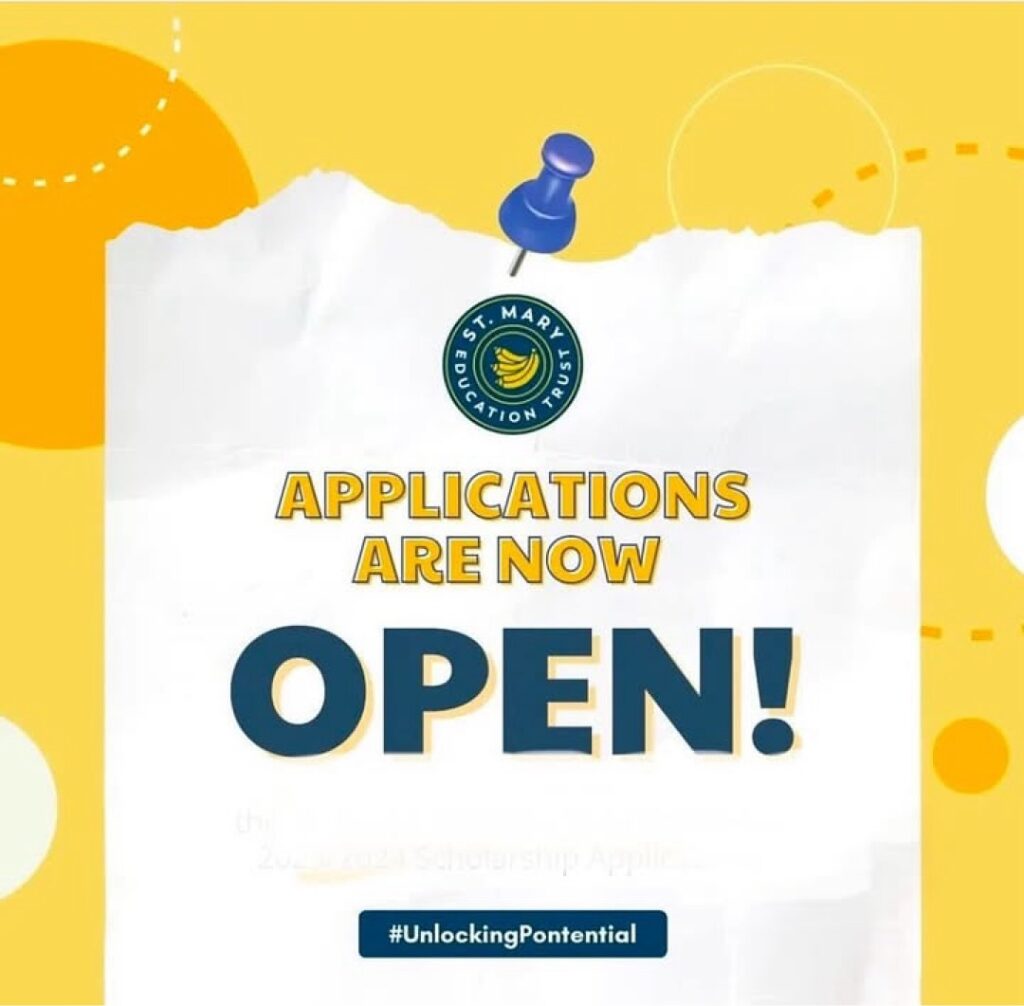
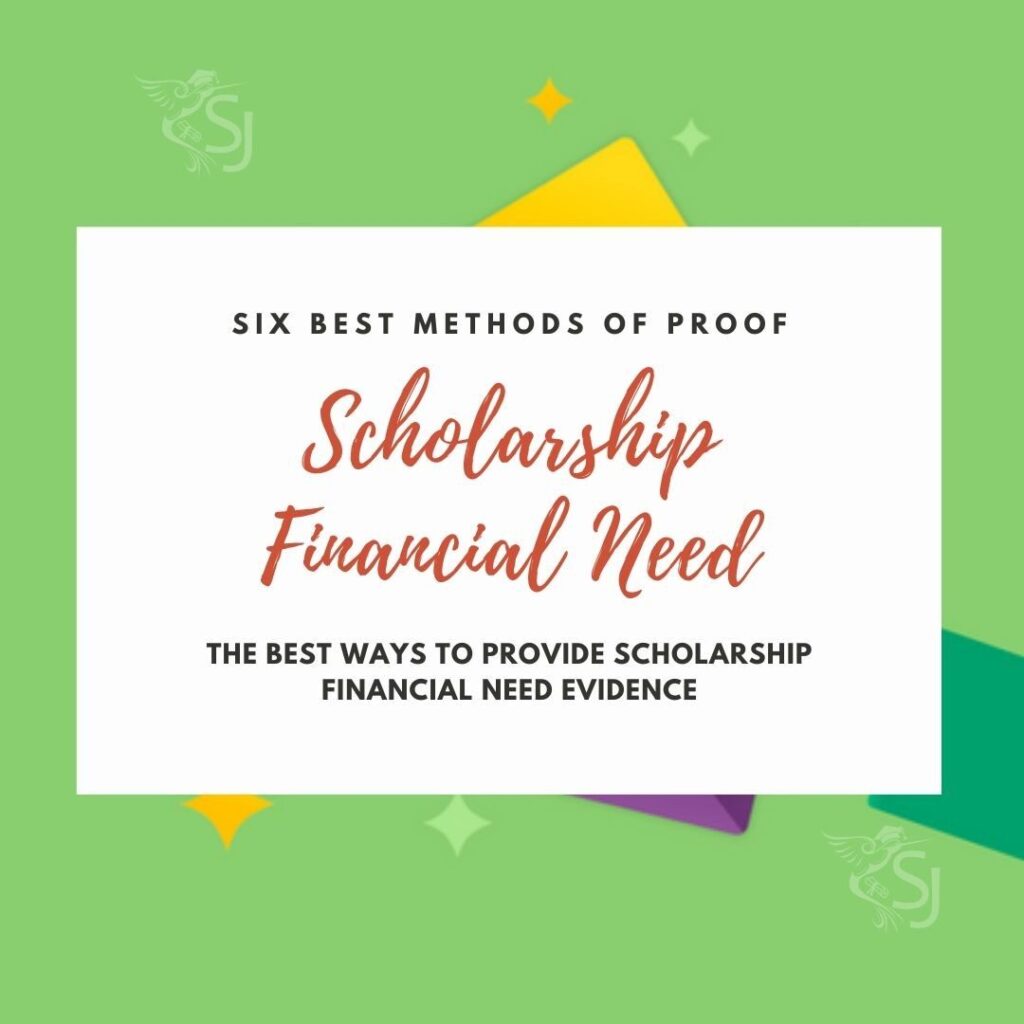
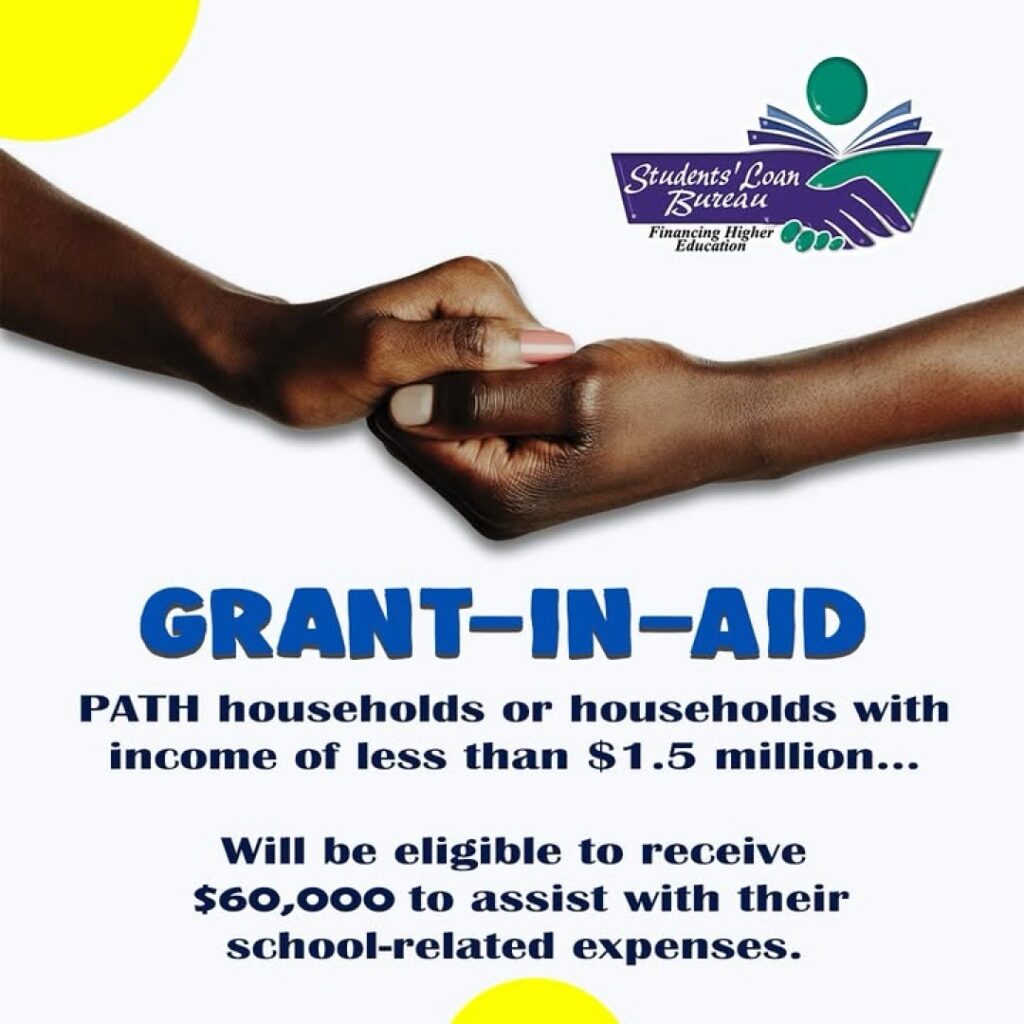
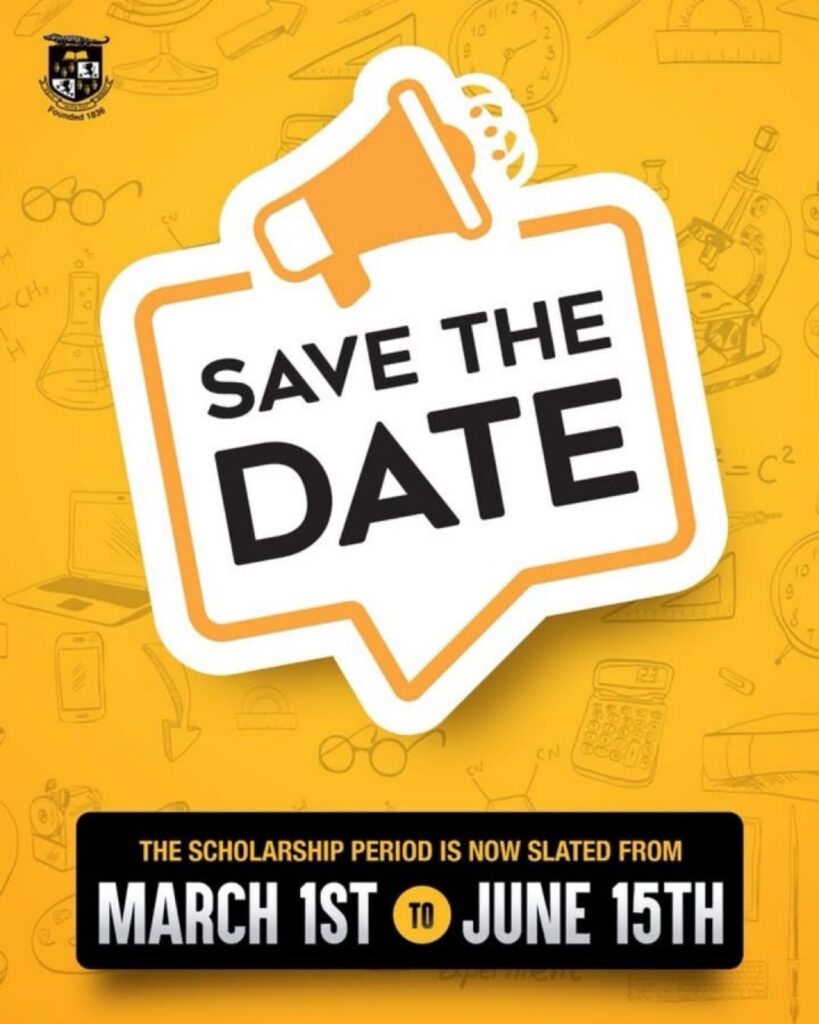


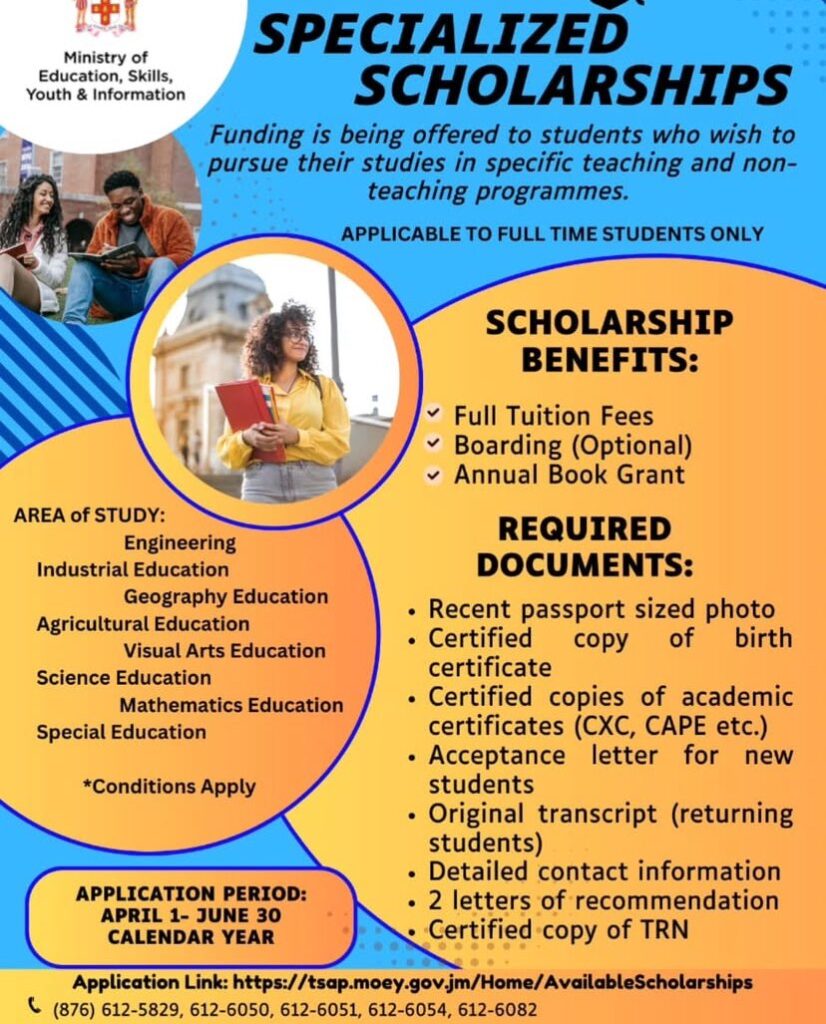
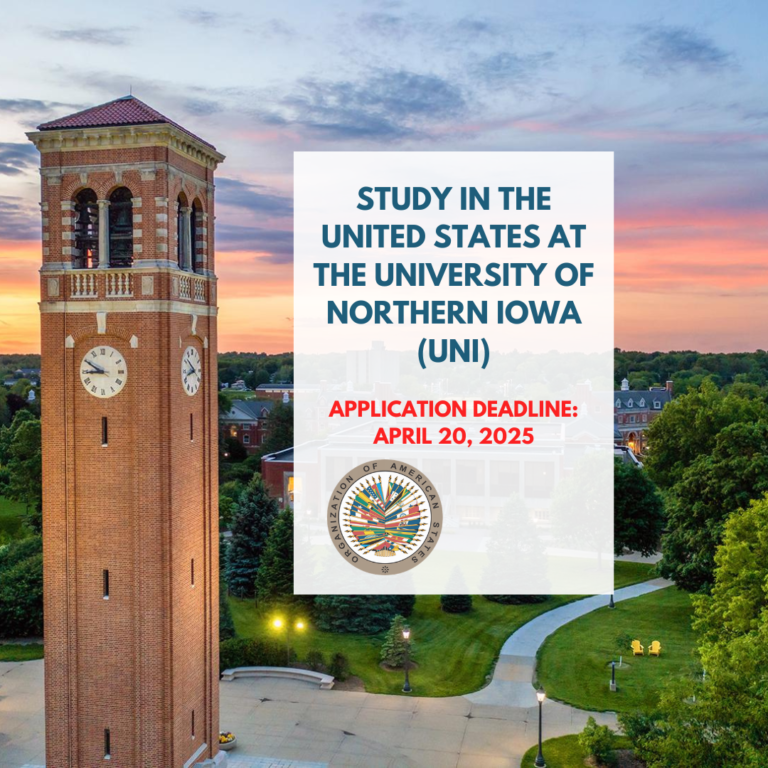

Comments are closed